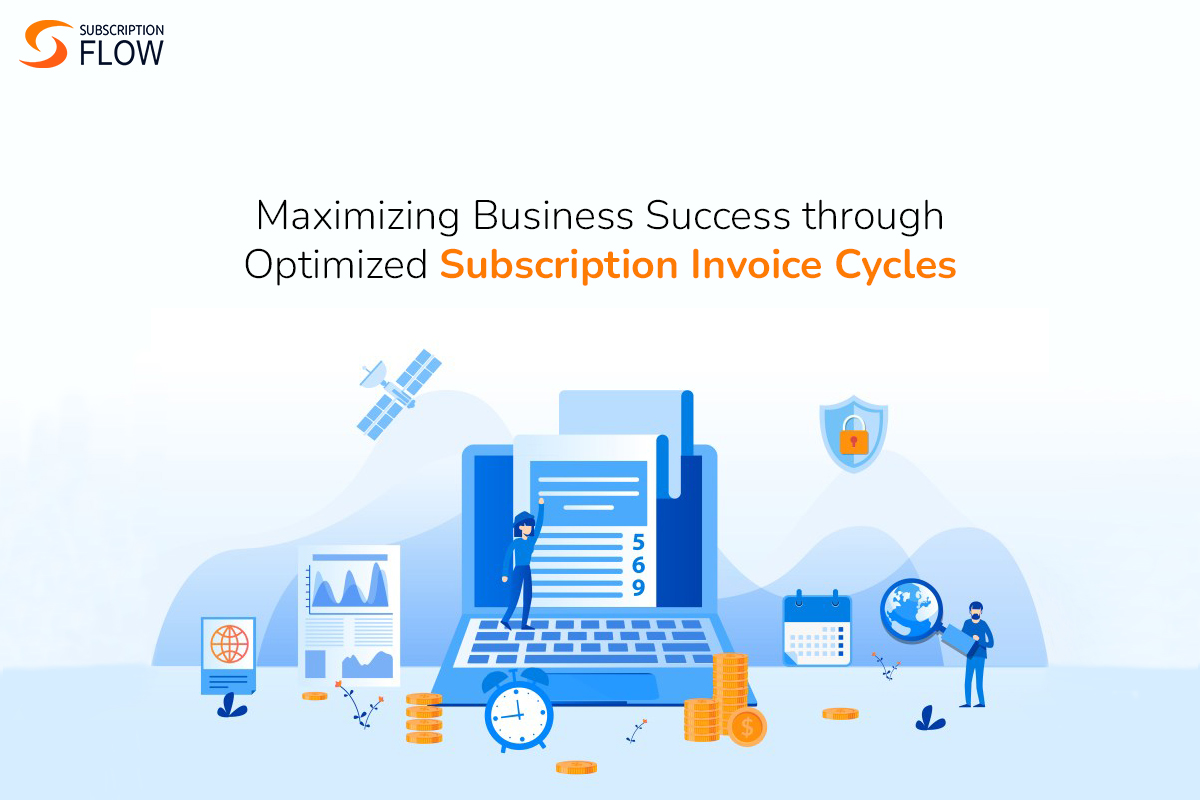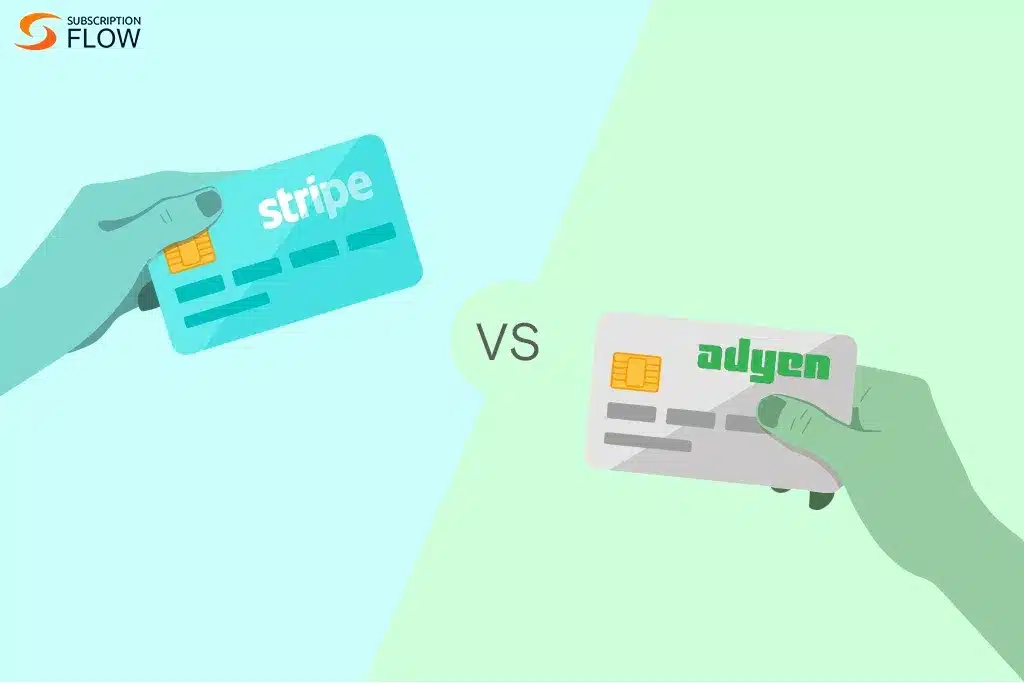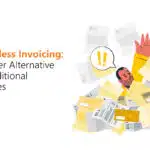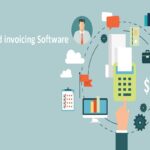
Optimizing Your Subscription Invoice Cycle for Business Success
Imagine a world where your business runs like a well-choreographed symphony, with payments flowing seamlessly, customers satisfied, and revenue soaring. This utopia is not far-fetched, and its foundation lies in mastering the art of the invoice cycle.
And invoice cycle involves all stages that are involved in the billing process of a business. In the subscription business world, the importance of accurate billing and invoicing becomes twofold because the customer is charged recurrently (depending on his subscription cycle). And customer relations greatly depend on this one invoice that subscription businesses need to generate when the subscription duration ends and a new subscription cycle starts.
Thereby, before we take you to the details of how the invoice cycle can play a role in your subscription business efficiency, it is important to understand the invoice cycle.
The Invoice Cycle for Subscription Businesses
By effectively managing the invoice cycle, businesses can streamline their billing processes, reduce payment delays, improve cash flow management, and maintain positive customer relationships. Coming towards the stages of the invoice cycle:
1. Invoice Generation
This stage starts with fetching customer information from silos i.e. name and contact information etc. Thereafter, the product information and the details of the subscription package of your customers are fetched and mentioned in the invoice. Though there are invoicing software that not only perform invoicing but also billing and payment processing, it is still a sensitive financial operation. When you have a robust invoicing and billing platform like SubscriptionFlow, you can opt for customizable templates for invoices.
2. Delivery of the Invoice
Once the invoices are generated, invoices are distributed to clients via their preferred medium, be it email, snail mail, or internet portals. Depending on the customer’s preferences and the organization’s communication practices, the delivery method may change. At this stage, once again, the customer contact information needs to be fetched and used which is done by automated platforms.
3. Payment Processing
After receiving the invoice, the customer reviews it and somewhat cross-checks it. Your invoicing and billing software can help you track this reviewing process. However, next to it is the payment against this invoice. This can be done through various methods, such as online payments, bank transfers, checks, or credit card transactions. Invoicing and billing software integrates with payment gateways to make this stage of payment processing.
4. Payment Collection
The business receives and processes the payment through payment gateways, and then updates its financial records accordingly. This process could entail matching up the payment with the associated invoice and transferring the funds to the proper accounts.
5. Financial Reporting
These transactions and payments made against invoices are tracked to avoid any fraud and payment failures. Here, once again, automated billing and invoicing platforms play their role. Throughout the invoice cycle, businesses often monitor and analyze their billing data, keeping track of invoices issued, payment status, and other relevant metrics. This information helps in assessing the financial health of the business and identifying areas for improvement.
You will probably be thinking that half of the stages of the invoice lifecycle are related to payments. So, yes, they are highly interlinked financial processes. Invoicing is linked with billing and payments. That’s another reason for the need for accurate invoicing. Any mistake in invoicing directly affects other business processes i.e. billing and payments.
Strategize to Optimize the Invoice Cycle
The importance of the billing and invoice cycle for a subscription business is clear from the cycle itself that we just discussed above. So, it is time to take you to strategies to optimize the invoice cycle.
1. Clear Billing Policies
Establishing clear billing standards is one of the first elements in optimizing your subscription invoicing cycle. These rules act as standards for your company and your clients, assuring openness, uniformity, and a simple invoicing procedure. When creating your billing policy, keep the following important factors in mind:
- Define payment terms, due dates, and invoicing frequency
- Implement consistent pricing and discounts
2. Streamlining Payment Processing
Today, you not only need to make your payment processor robust rather you need to keep improvising it with time. What you can do is to maintain the flexibility and scalability of your billing and invoicing software so that it can be integrated with the advanced payment processing platforms—payment gateways. Also, go for multiple payment gateway integrations so that if one payment gateway is down for any reason, then payment can be easily processed through the other integrated payment gateway.
3. Prompt and Responsive Customer Support:
Offer responsive customer support channels for addressing billing inquiries or concerns. Timely and helpful responses build trust and enhance customer satisfaction, leading to smoother payment processes. In the subscription business market, you need customer trust and satisfaction the most. Just like acquisition, retention needs your equal attention. You cannot expect success with a leaky bucket of customers. And billing plays a huge role in retaining recurring customers.
Optimizing the subscription invoice cycle is not just a matter of streamlining financial operations; it is a strategic move that can unlock unparalleled efficiency and drive your business towards long-term success. We have tried to explore the crucial strategies that can transform your invoice cycle from a complex chore into a well-oiled machine for your subscription business.
Contact us now to see how the best invoicing software can work for your subscription business.










